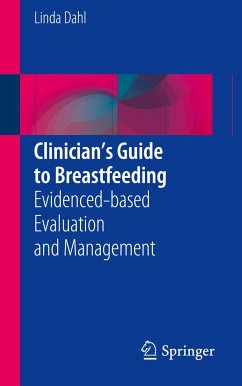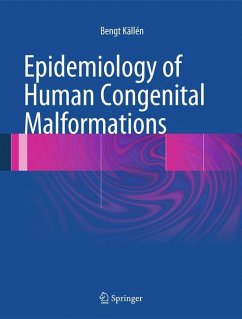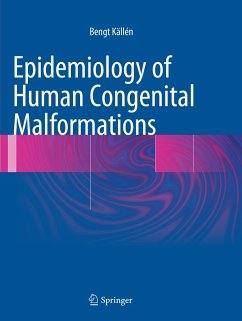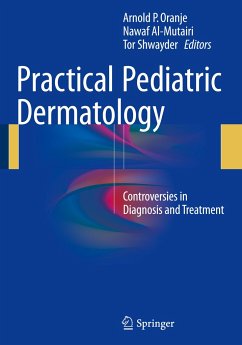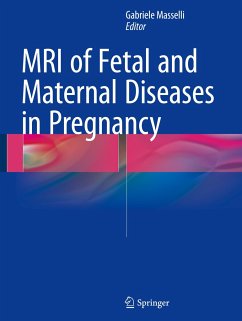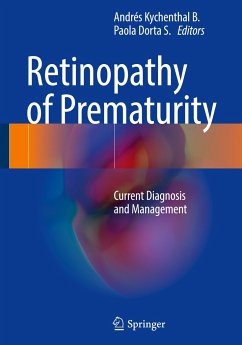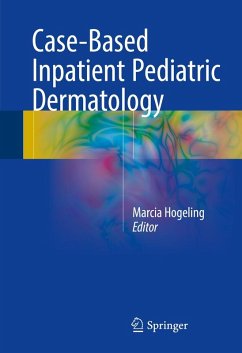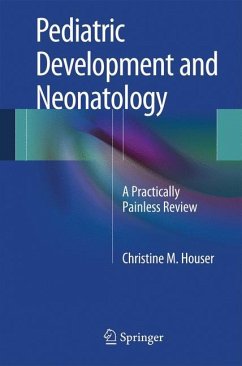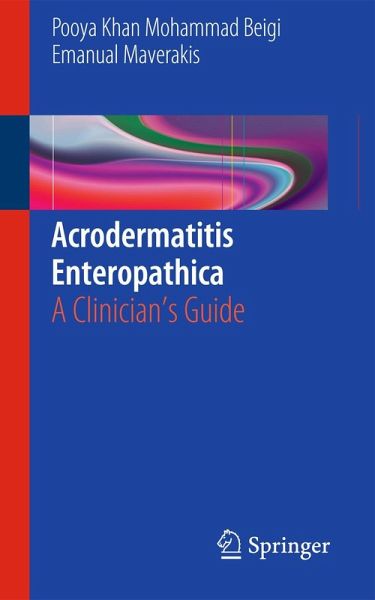
Acrodermatitis Enteropathica
A Clinician's Guide

PAYBACK Punkte
19 °P sammeln!
This new text provides insight and treatment options for the covered disease, including dozens of high quality photographs, illustrations, and clinical tables. Topics covered include the history of the disease, categories of the disorder, molecular analysis, epidemiology, effects on body systems, disorder symptoms, and treatment. Acrodermatitis Enteropathica is a rare disorder of zinc metabolism that occurs in one of two forms: inborn and acquired. If untreated, the disease is fatal and affected individuals may die within just a few years, but since there is no cure for the condition, it is cr...
This new text provides insight and treatment options for the covered disease, including dozens of high quality photographs, illustrations, and clinical tables. Topics covered include the history of the disease, categories of the disorder, molecular analysis, epidemiology, effects on body systems, disorder symptoms, and treatment. Acrodermatitis Enteropathica is a rare disorder of zinc metabolism that occurs in one of two forms: inborn and acquired. If untreated, the disease is fatal and affected individuals may die within just a few years, but since there is no cure for the condition, it is critical that physicians are aware of the signs and symptoms related to AE and the appropriate treatments available for patients. A Comprehensive Guide to Acrodermatitis Enteropathica is the only book of its kind to give insight into this rare disorder. Written by and for dermatologists, pediatric specialists, and ObGYN's, this book contains one of the largest clinical research studies doneon Acrodermatitis Enteropathica over the last decade.




